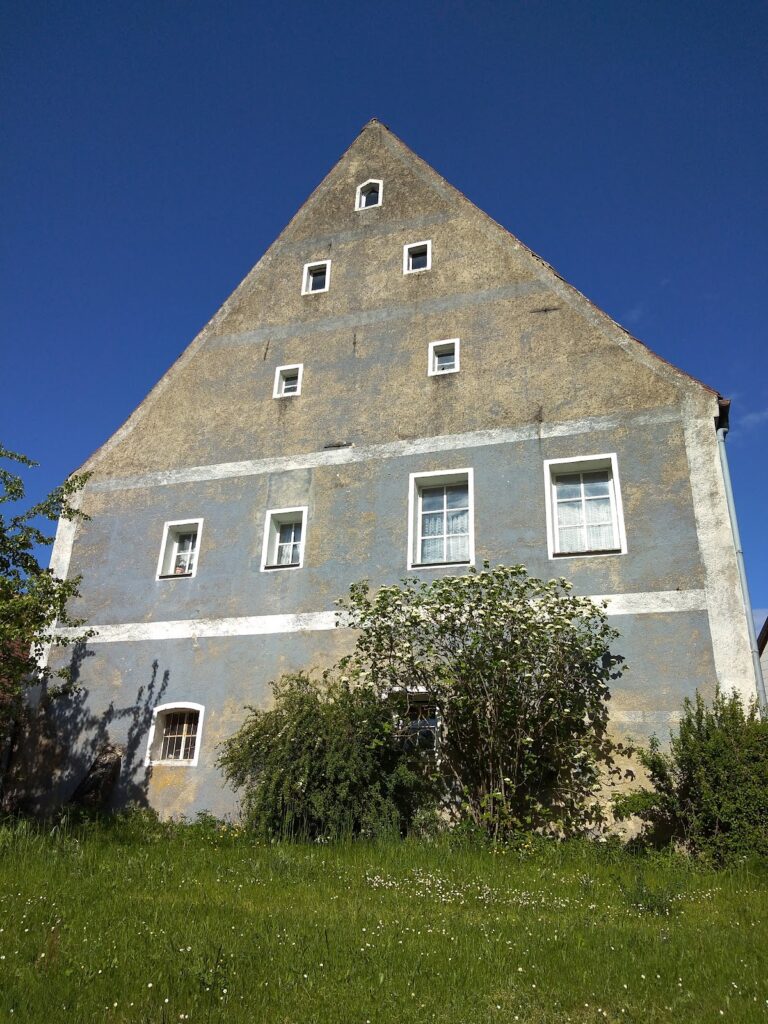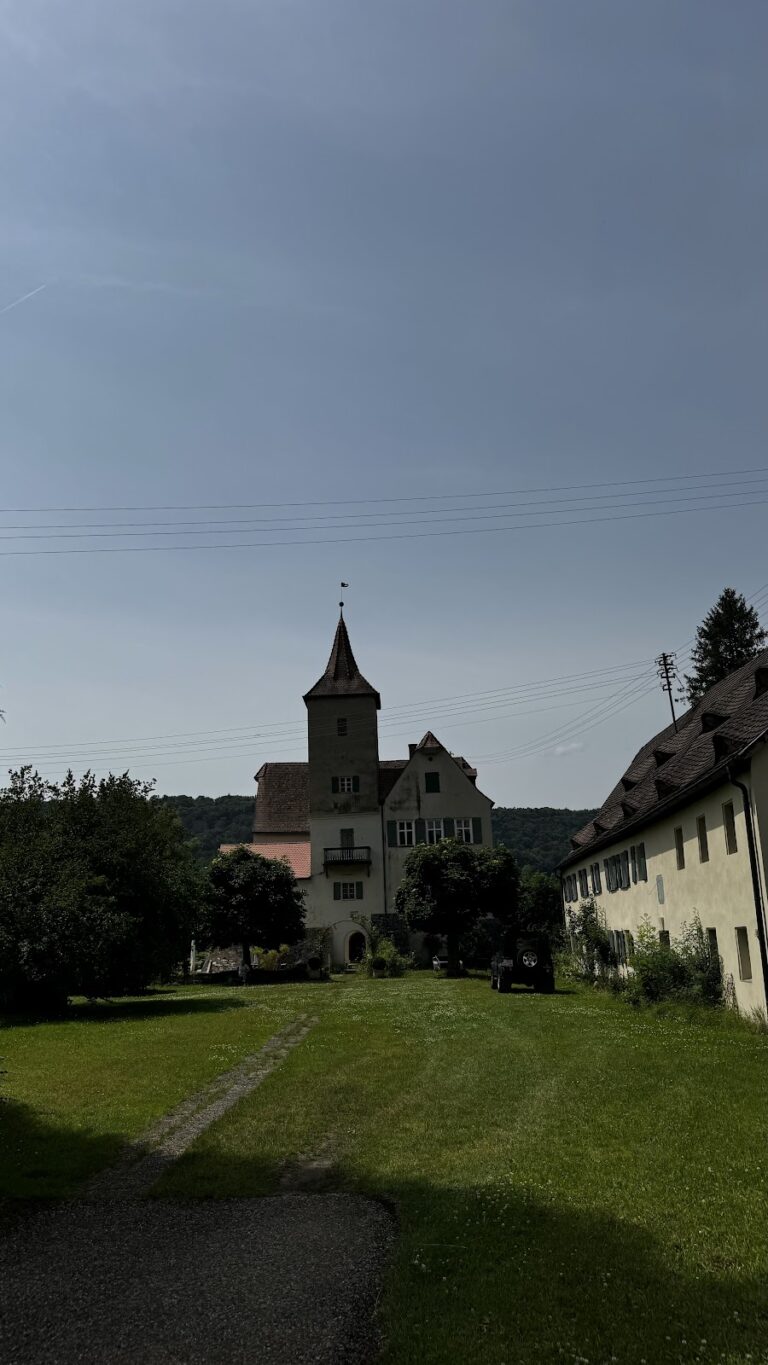Klosterburg Kastl: A Historic Fortress and Monastery in Bavaria
Visitor Information
Google Rating: 4.6
Popularity: Low
Google Maps: View on Google Maps
Country: Germany
Civilization: Unclassified
Remains: Military
History
Klosterburg Kastl is located near Kastl in Bavaria, Germany, and was initially developed as a fortress during the Carolingian period. Perched on a dolomite ridge overlooking the Lauterach valley, the site first emerges in historical records in 954 when Margrave Luitpold of Austria was granted the castle as a fief. Through this grant, Luitpold gained control over the surrounding Heubischgau region, which included the settlements of Kastl, Habsberg, Illschwang, and Sulzbach.
By the late 11th century, ownership of Kastl castle was divided among several noble houses. In 1098, Count Berengar of Sulzbach, Friedrich I of Habsberg-Kastl along with his son Count Otto, and Luitgard of Zähringen, the wife of Margrave Diepold II of Vohburg, held joint possession. This period saw a significant transformation when the castle owners agreed between 1098 and 1102 to convert the fortress into a Benedictine monastery. This transition was officially ratified by Pope Paschal II in 1102, establishing the religious institution on the site.
Over subsequent centuries, the Benedictine monastery expanded its landholdings and wealth, becoming one of the more influential abbeys within the Holy Roman Empire. During the late 14th and early 15th centuries, it played a central role in fostering monastic reform across Bavaria, an effort referred to as the Kastl Reform. It was also during this time that the monastery undertook new construction projects, including the addition of a gate tower designed to enhance the complex’s defenses.
The monastery’s fortunes waned in the mid-16th century, leading to its closure as a Benedictine abbey in 1556. After this decline, the site was repurposed as a residence for the Jesuit order, which maintained a presence there until the suppression of the Jesuits in 1773. Following this, the Knights of Malta assumed control of the monastery in 1782. The early 19th century brought secularization, and in 1808 the complex was converted into a judicial building. It housed district and later local courts until 1930.
In the modern era, the former monastery became home to the “Hungarian Gymnasium” between 1958 and 2007. Afterward, the buildings underwent restoration and adaptation. Since 2023, the Bavarian state has used Klosterburg Kastl as a police training college, continuing the site’s long history of varied institutional use.
Remains
Klosterburg Kastl is situated on an elongated ridge of dolomite rock, an ideal location for a hilltop castle, later adapted for monastic use. Its overall layout reflects the transformation from fortified military site to religious complex. The surviving elements provide insight into the architectural development spanning several centuries.
The oldest components consist of masonry walls that have been incorporated into the monastery’s later buildings. These walls form part of the original defensive structures erected during the castle’s initial construction phase. Surrounding the site is a defensive wall, known as a “Bering,” which encloses the castle and monastery grounds, marking the boundary of the fortified area.
A prominent architectural feature dating from the 14th century is the gate tower, which was added during a period of expansion associated with the monastery’s growth. This tower served as the main entrance, providing both defense and control over access. The gate tower remains a visible testament to the complex’s medieval military and monastic functions.
Today, much of the castle’s original fabric survives only as integrated masonry within later structural additions, reflecting the site’s continuous adaptation over time. The entire complex is recognized for its historical and archaeological importance, protected as a monument under official Bavarian heritage registers. Archaeological investigations have uncovered medieval and early modern remains on the site, further underscoring its long and varied occupation.
The visible remnants invite reflection on Klosterburg Kastl’s evolution from a Carolingian fortress through its religious prominence to its modern institutional roles, all preserved within the existing walls and defensive perimeter that stand on the dolomite ridge above the Lauterach valley.










